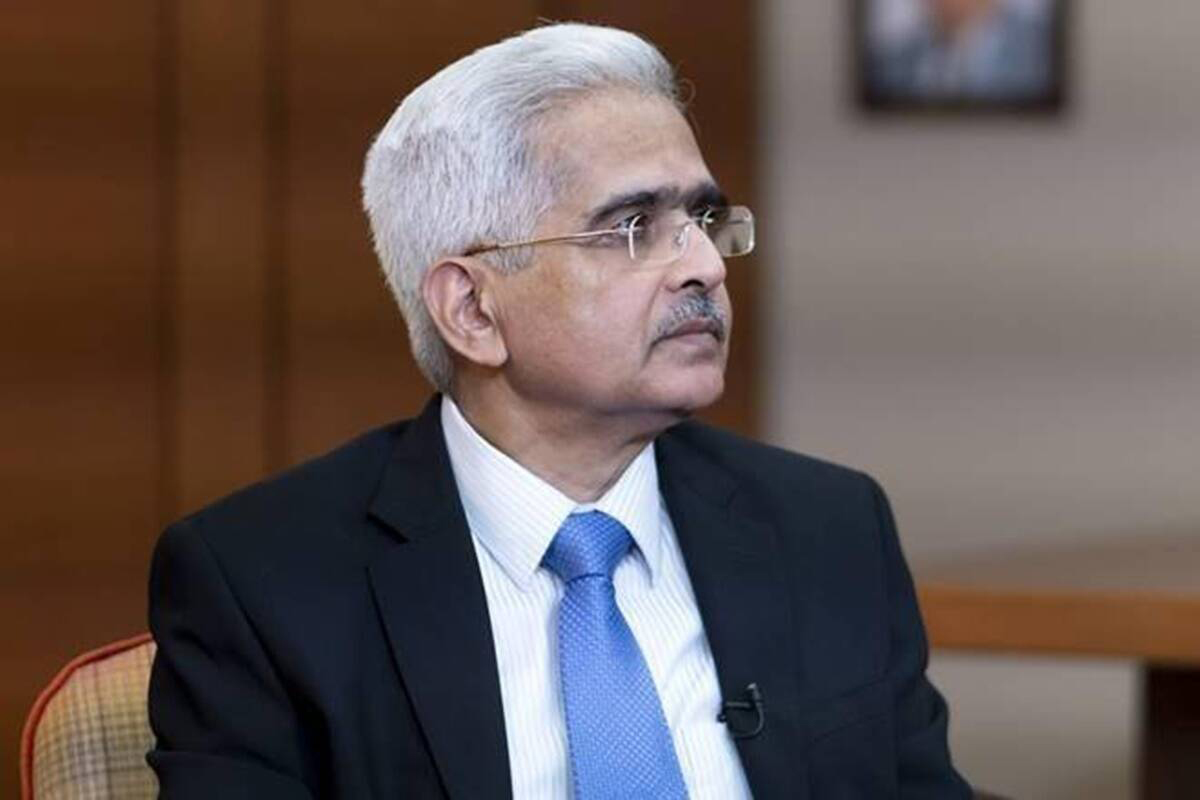The Reserve Bank of India (RBI) is looking for growth signs to become entrenched and show signs of durability and closely ‘watchful’ of evolving dynamics, its Governor Shaktikanta Das said on Friday.
The six-member Monetary Policy Committee (MPC) on Friday left the repo rate unchanged at four per cent.
Advertisement
The Committee also decided to continue with the accommodative stance as long as necessary to revive and sustain growth on a durable basis and continue to mitigate the impact of COVID-19 on the economy, while ensuring that inflation remains within the target going forward.
Das said the RBI is studying developments around inflation and growth that are dynamic and are evolving.
“We are looking at the growth signs to become entrenched and show signs of durability. We are closely watchful of the evolving dynamics,” said Das during the post-policy call with the media.
For the current financial year, the RBI on Friday retained its projection for real GDP growth at 9.5 per cent.
He said growth has revived in certain segments and there is an uptick in some high-speed indicators. However, a few segments are still facing growth impediments.
He said the passenger car segment, which was showing some improvements, has now slightly moderated and the pick-up in the two-wheeler segment is still not visible. The contact-intensive services have shown some improvement but it is way below the pre-pandemic levels, the governor said.
Overall, the growth is slack and there is still an output gap, he said.
RBI Deputy Governor Michael Patra said, “We would look for signs that the recovery is getting solidly entrenched and that the inflation rate is moving in the desired direction that is towards the target. I must hasten to add that we are not looking at destinations but at journeys.”
The central bank has projected CPI inflation to be at 5.3 per cent for 2021-22.
Das said the RBI is an inflation-targeting body and there should not be any doubt about its commitment to inflation.
“Going forward, in a calibrated manner and without creating disruption, our endeavour (for CPI inflation) would be to get back to as close as possible towards 4 per cent,” he told reporters.
During the policy announcement in the morning, Governor said that as the economy shows signs of emerging from the COVID-19-inflicted ravages, a near-consensus view emerging among market participants and policymakers is that the liquidity conditions emanating from the exceptional measures instituted during the crisis would need to evolve in sync with the macroeconomic developments to preserve financial stability.
This process has to be gradual, calibrated and non-disruptive while remaining supportive of the economic recovery, he added.
“Our approach (on liquidity normalisation) would be one of gradualism. We will move ahead in a balanced manner.
“We don’t want to rock the boat, more so, because we have to reach the shore which is now of course visible and there is a journey beyond the shore,” he told reporters later.
The RBI said that given the existing liquidity overhang, absence of a need for additional borrowing for GST compensation and expected expansion of liquidity in the system on higher government spending, the need for undertaking further G-SAP operations at this juncture does not arise.
It also proposed to undertake five 14-day variable rate reverse repo (VRRR) auctions on a fortnightly basis between today and December 3, 2021.
Depending on the evolving liquidity conditions, the RBI may also consider complementing the 14-day VRRR auctions with 28-day VRRR auctions in a similar calibrated fashion.
Speaking on the liquidity measures, Patra said, “We are essentially in a passive mode since having offered the 14-day reverse repo auctions. We will accept what the market gives us and thereby we will discover the price of excess reserves as indicated by the market.”
He said reverse repo auctions enable better pricing of excess reserves and they give the RBI a better handle on these reserves by giving some more discretion in managing liquidity.
He assured that the RBI has adequate instruments to manage liquidity.











